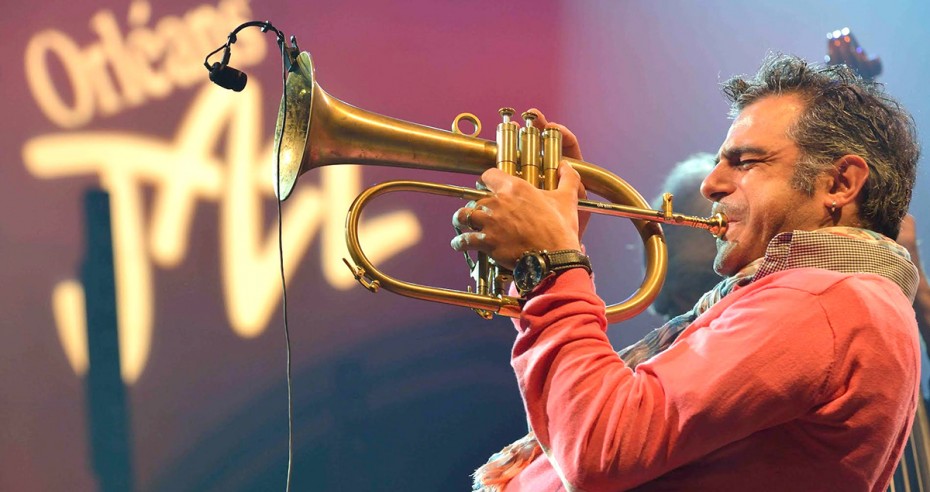The beautiful southern Italian city of L’Aquila, in Abruzzo region, is still struggling to recover from the devastating earthquake that hit the area in 2009, causing over 300 casualties.
Among other initiatives, aimed at supporting and redeveloping L’Aquila, a 12-hour jazz marathon has been planned by the Italian Ministry of Cultural Heritage, Activities and Tourism, building upon the success of the well-known Buskers Festival in Ferrara.
The event will take place on September 6th, hosted by 20 different venues throughout the city, including the evocative Spanish Fortress, and culminating in the grand final in Piazza Duomo.
This “Woodstock of Jazz,” as it has been nicknamed by Minister Dario Franceschini, will be the biggest gathering of Italian jazz artists in history, with the participation of 600 between musicians and bands of all ages. “L’Aquila needs more than the reconstruction, it needs to enjoy its historic center again,” he commented. But besides solidarity, it will also represent an unprecedented occasion to promote Italian jazz, which has grown exponentially over the last few years, in the eyes of the world.
Artistic director of the marathon is Paolo Fresu, one of Italy’s most celebrated and internationally recognized jazz artists, who has recently also opened the 28th edition of the Berchidda Jazz Festival by playing on board of a Meridiana flight from Bologna to his native Sardinia.
Maestro Fresu, can you tell us more about this original jazz marathon?
When Minister Dario Franceschini called me to explain his new project – a series of jazz concerts to bring L’Aquila’s city center back to life, – he probably couldn’t image how big the event would become. With 100 performances in 12 hours, it will be an overview of the contemporary Italian jazz scene. I have invited not only some of the best musicians but also representatives of different jazz groups, from orchestras to music schools. All of them have accepted with enthusiasm to play for charity, showing the big heart of jazz. Unfortunately, due to space and time limits, many artists couldn’t be included, despite the quality of their work and their desire to participate. This marathon will allow us to show what Italian jazz is capable of, benefiting for the first time ever from the support of the Italian Institutions, which finally came to see that jazz music is now part of our Country’s cultural heritage.
How did you become a jazz musician?
Being raised in a Sardinian family of shepherds and peasants, I didn’t have access to music records as a kid and so discovered jazz accidentally by listening to the radio. I joined the local marching band at the age of 11, and then started playing pop music at weddings and ballrooms, until a wealthier friend made me listen to his collection. I was so introduced to Miles Davis and other big names, becoming immediately fond of that music genre. As many fellow musicians, I formed my first band and we used to play in the basement. In 1980, I attended a seminar at the Jazz Academy in Siena and my career speeded up. In 1982, I had already become a professional, and three years later I was asked to teach a few courses at that same school.
You have been traveling and performing all around the world, but has your Sardinian background influenced your music?
Sardinia is my home region and a place dear to my heart, whose cultural diversity has allowed me to export my music abroad. I’m often referred to as “the Sardinian (rather than Italian) trumpeter,” and I appreciate my land’s diversity. In our globalized world, I think it adds value to my music.
Which of your records would you recommend as a first approach to your music?
Throughout the years I’ve been working on many different things, from traditional and acoustic to electronic and classical projects, so it’s not easy to pick only one album to represent me. Also, I’ve carried them on for a very long time: in 2011, I celebrated my 50th birthday with 50 concerts in 50 days, each of them featuring one of my current projects. I was lucky enough to work with a number of great artists, but most of those collaborations have developed spontaneously after fortunate encounters or occasions. If I have to make a selection though, I’d probably suggest an old record entitled Ossi di Seppia (1991). I did it with my quintet; we’ve been playing together for the last 32 years now.






























